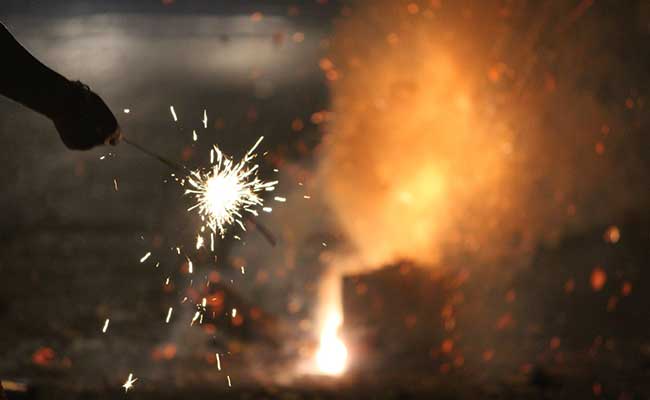In the world’s largest democracy, India, the essence of democracy doesn’t only reside in its national elections but also in the small, local governing bodies known as Panchayats. Panchayats are the bedrock of Indian democracy, serving as a vital link between the government and the grassroots level. In this blog, we will explore the concept of Panchayats, their significance, structure, and the role they play in Indian governance.
Understanding Panchayats
Panchayats are local self-government institutions in rural India. The term “Panchayat” is derived from the Sanskrit words “panch,” meaning five, and “ayat,” meaning assembly. These institutions serve as the foundation for decentralized governance and decision-making at the village, intermediate, and district levels. Panchayats were established to empower local communities by granting them the authority to manage their own affairs, make decisions, and allocate resources.
Structure of Panchayats
Gram Panchayat (Village Level): The Gram Panchayat is the basic unit of Panchayati Raj (rural local governance). It is responsible for administering a single village or a cluster of villages. The Gram Panchayat consists of elected representatives known as Panchayat members, including the Sarpanch (village head), Panch (members), and the Secretary, who is a government-appointed official.
Panchayat Samiti (Intermediate Level): Panchayat Samitis oversee a group of Gram Panchayats within a sub-district or block. They have the authority to coordinate development activities and distribute resources across the Gram Panchayats they govern. Each Panchayat Samiti has a Panchayat Samiti Chairman, who is elected by the members.
Zila Parishad (District Level): The Zila Parishad is the apex body of the Panchayati Raj system at the district level. It supervises and coordinates the activities of Gram Panchayats and Panchayat Samitis within the district. Like the Panchayat Samiti, the Zila Parishad is also headed by a Zila Parishad Chairman elected by the members.
Significance of Panchayats
Decentralization of Power: Panchayats embody the principle of decentralization, ensuring that governance decisions are made at the local level, allowing for more responsive and accountable administration.
Participation and Inclusivity: Panchayats encourage the participation of citizens, particularly women and marginalized communities, in the decision-making process. This inclusion is essential for equitable development.
Local Development: Panchayats play a pivotal role in the planning and execution of local development projects, including infrastructure, education, healthcare, and agriculture.
Conflict Resolution: Panchayats serve as mediators in resolving local disputes and conflicts, reducing the burden on higher-level courts.
Challenges Faced by Panchayats
Financial Autonomy: Panchayats often struggle with limited financial resources, which hampers their ability to execute development projects effectively.
Capacity Building: Building the capacity of Panchayat members and officials remains a challenge to ensure efficient governance.
Political Interference: Sometimes, Panchayats face political interference from higher-level authorities, affecting their autonomy.
In conclusion, Panchayats in India are a shining example of grassroots democracy. They are the embodiment of Mahatma Gandhi’s vision of “Gram Swaraj” or village self-governance. While they face challenges, Panchayats remain a crucial component of India’s democratic system, connecting citizens with the government and fostering local development and empowerment. They stand as a testament to the power of decentralized governance in a diverse and vast nation like India




